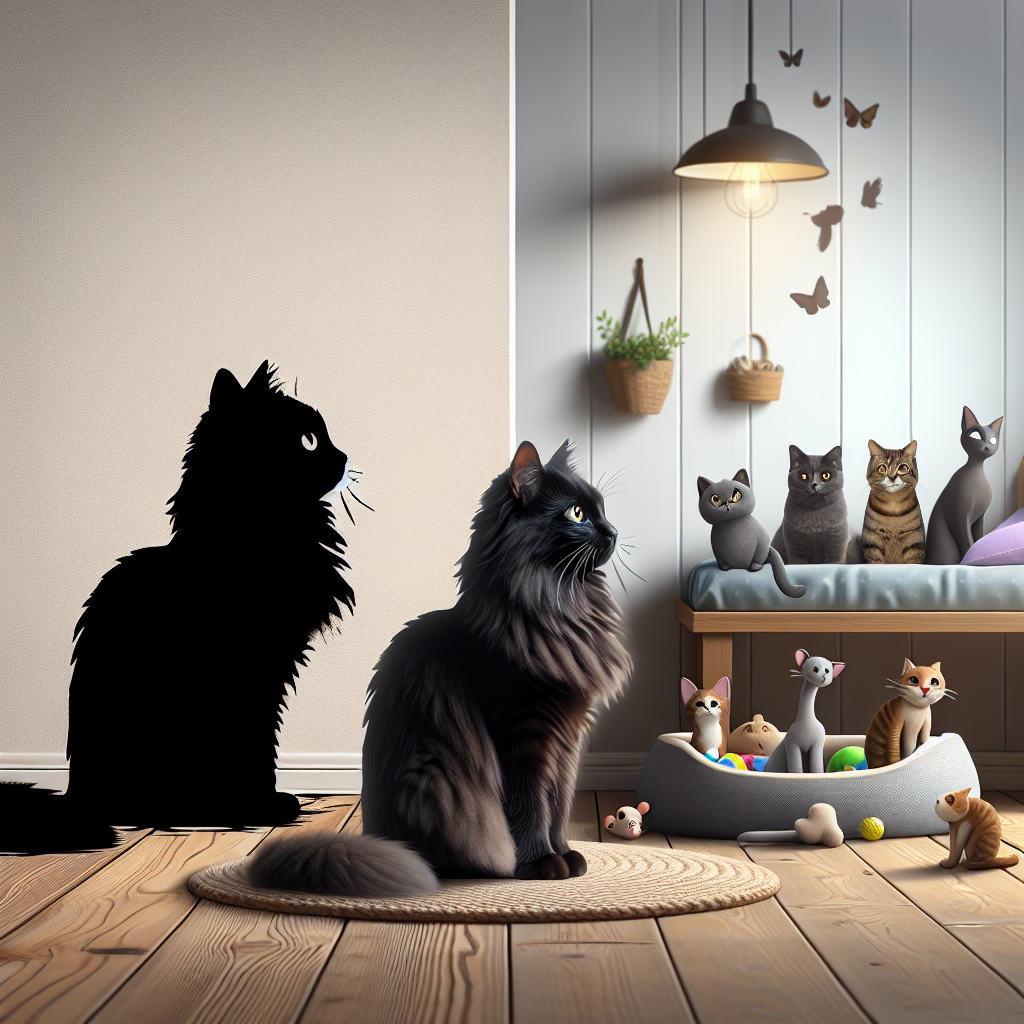From Aloof to Affectionate: Mastering the Art of Cat Socialization for a Harmonious Home
From Aloof to Affectionate: Mastering the Art of Cat Socialization for a Harmonious Home
For many cat owners, transforming their feline companions from aloof spectators to affectionate friends is a rewarding journey. Understanding the nuances of cat behavior and mastering the art of socialization can create a harmonious home environment. In this article, we explore key insights into cat socialization, offer expert advice, and share fascinating facts that will deepen your appreciation for these enigmatic creatures.
Understanding Cat Psychology
Cats are often misunderstood as solitary animals. In reality, they are social creatures with distinct personalities and complex emotional worlds. To effectively socialize a cat, it’s essential to understand their psychology. Cats rely heavily on body language and scent to communicate, and their behavior is often shaped by past experiences and environmental factors.
The Importance of Early Socialization
Early socialization is crucial in shaping a cat’s personality and behavior. Kittens exposed to various stimuli, including different people, sounds, and environments, are more likely to grow into well-adjusted adult cats. The critical window for socialization is between two and seven weeks of age, but older cats can still benefit from socialization efforts with patience and persistence.
Key Strategies for Socializing Your Cat
1. Create a Safe and Stimulating Environment
Providing a safe, enriched environment is the foundation of effective cat socialization. Ensure your home has ample hiding spots, vertical spaces, and interactive toys to engage your cat’s natural instincts. These elements help reduce stress and encourage exploration.
2. Respect Their Space
Cats value their personal space, and respecting their boundaries is essential in building trust. Allow your cat to approach you on their terms and avoid forcing interactions. Gradually introduce new experiences and people, allowing your cat to dictate the pace of socialization.
3. Use Positive Reinforcement
Positive reinforcement is a powerful tool in cat socialization. Reward desired behaviors with treats, praise, or affection to encourage repetition. This approach helps build a positive association with social interactions and encourages your cat to be more affectionate.
Expert Advice on Cat Socialization
Renowned feline behaviorist Dr. Sarah Ellis emphasizes the importance of patience and consistency. “Every cat is unique, and understanding their individual needs and preferences is key to successful socialization,” she advises. Dr. Ellis recommends observing your cat’s body language and adjusting your approach based on their responses.
Fascinating Facts About Cat Behavior
- Cats have a unique “slow blink” that indicates trust and affection, often referred to as a “cat kiss.”
- Contrary to popular belief, cats can be trained using positive reinforcement techniques similar to those used with dogs.
- Feline purring is not only a sign of contentment but also a self-soothing mechanism that can promote healing.
Real-Life Examples of Successful Cat Socialization
Consider the story of Luna, a rescue cat who was initially fearful and withdrawn. Her owner, Lisa, used a combination of patience, positive reinforcement, and environmental enrichment to help Luna become more sociable. Today, Luna enjoys cuddling with Lisa and even greets visitors with curiosity.
Actionable Tips for Cat Owners
- Introduce new experiences gradually to avoid overwhelming your cat.
- Engage in regular play sessions to strengthen your bond and provide mental stimulation.
- Consider pheromone diffusers to create a calming environment for your cat.
Conclusion
Transforming an aloof cat into an affectionate companion is a journey that requires understanding, patience, and love. By mastering the art of cat socialization, you can create a harmonious home where your feline friend feels safe and loved. Whether you’re a new cat owner or an experienced feline enthusiast, these insights and strategies can help you foster a deep, rewarding connection with your cat.
For more tips on cat behavior and psychology, stay tuned to our blog for the latest expert advice and heartwarming stories from the world of cats.
#ChatGPT assisted in the creation of this article.




Post Comment